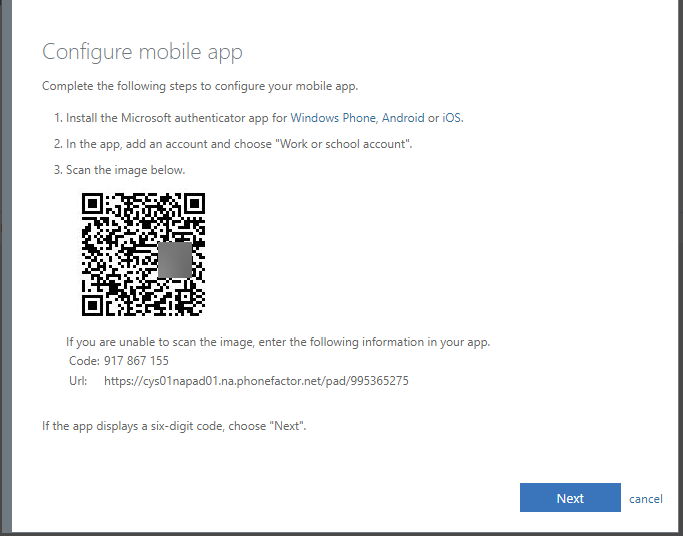

They've improved a lot for what you get, but the historical pain is something that still sticks in peoples minds. For one thing, they impose data caps.įor another thing, historically major MSO's like Comcast have been absolutely dogshit at customer service.Īnd the prices weren't always great. Well, there are plenty of reasons to be frustrated with Comcast. It's a shame because I think the solution had promise for all of them, but they found the cost and the hurdles to be insurmountable. And for all of them, they realized that the cost was easily double or triple what they would pay for a local workstation, and that they still had to buy most of the typical endpoint software that they'd have to buy for a local workstation (backups, AV, RMM, etc.) and manage them like any other system in the inventory. Some had off-shore workers, and the international latency (because they were trying to keep everything centralized in a certain region) was horrible. Non-technical business users would get really cranky about the standard distracting lag issues (especially impatient executives), plus they'd have a really hard time dealing with things like printers, scanners, etc. I don't think this is still an issue, but I remember the lack of support for 2+ monitors was also a big problem for these guys. It was a range of issues - some of the users were technical (e.g., developers) so the added latency of moving files around was a productivity killer. AWS is its own beast - if you're going to take ownership you need to learn about VPCs, Security Groups vs NACLs, AWS VPNs, AD Connector, and of course WorkSpaces themselves.expensive (although this is relative, but definitely a lot more than just buying a mid-tier desktop and enabling RDP).fast Internet connectivity since they're living in AWS.great client performance, noticeably better than RDP.one "hardware" platform to manage and test - especially helpful for new rollouts.
Mfa code amazon workspaces install#
Mfa code amazon workspaces full#
full remote management - no issues with BSOD on computer in the office that needs someone to reboot.relatively easy to set up and get going - in particular the quickstart's pretty easy to follow, WAY easier to get going and manage than Azure WVD.Wondering if anyone here has used Amazon WorkSpaces for remote workers (or, as I call them now, "workers") and if they had thoughts on it.


 0 kommentar(er)
0 kommentar(er)
